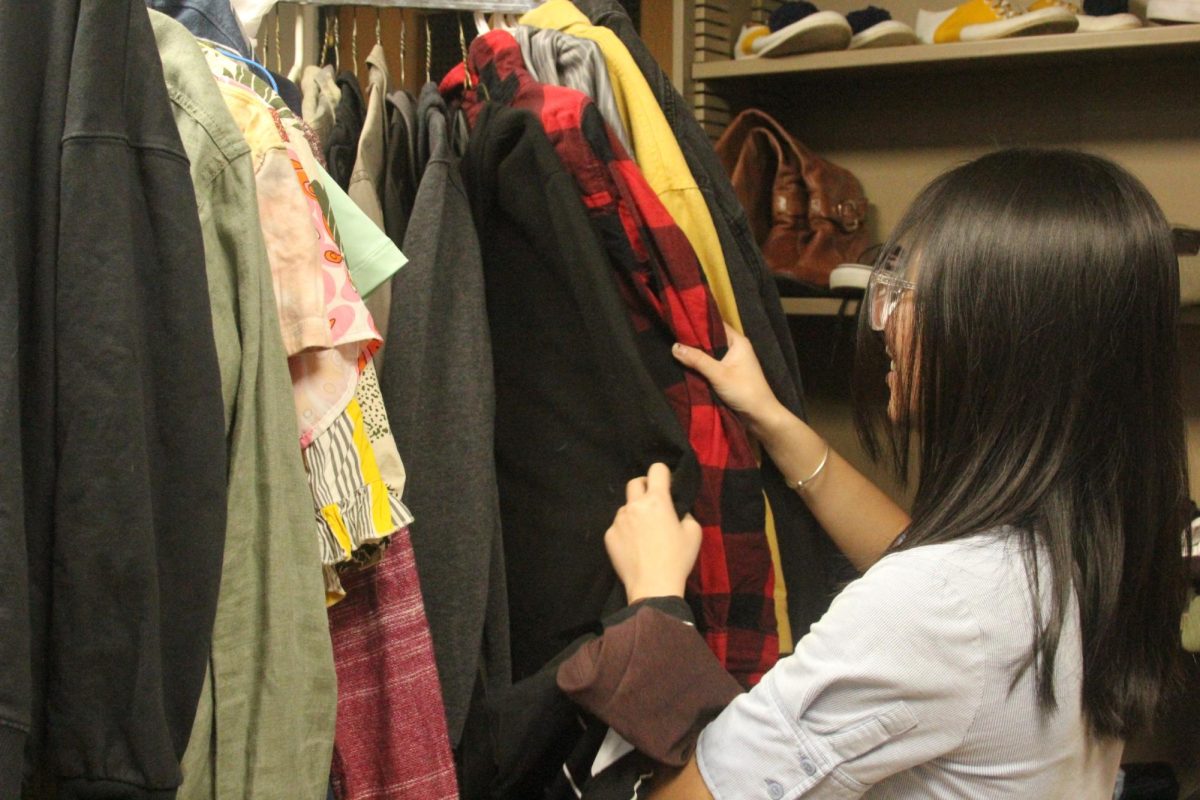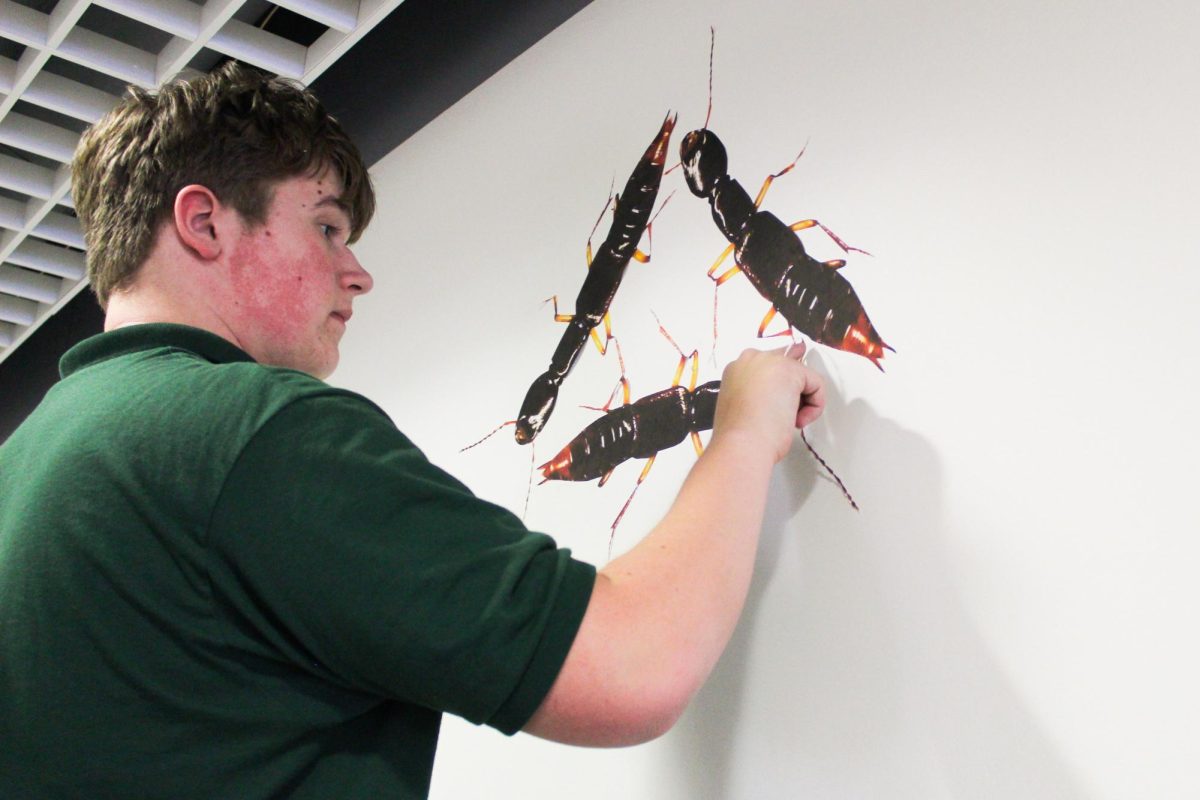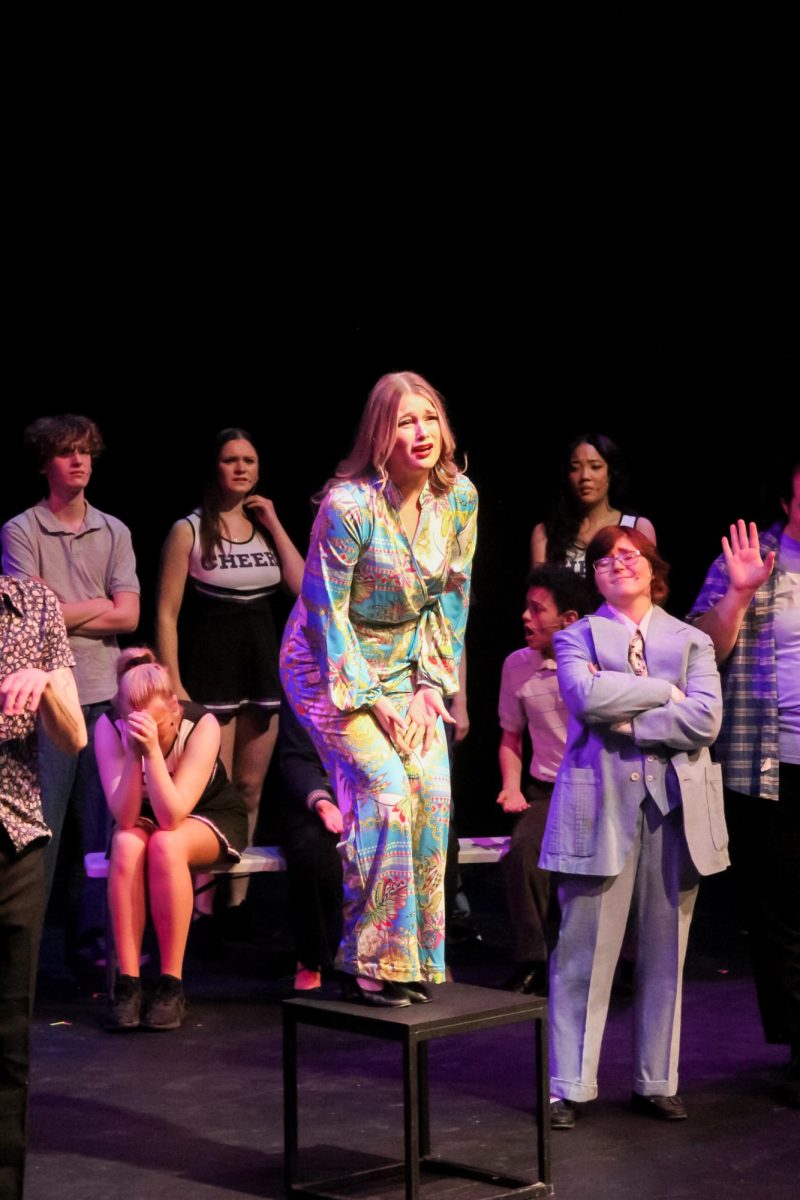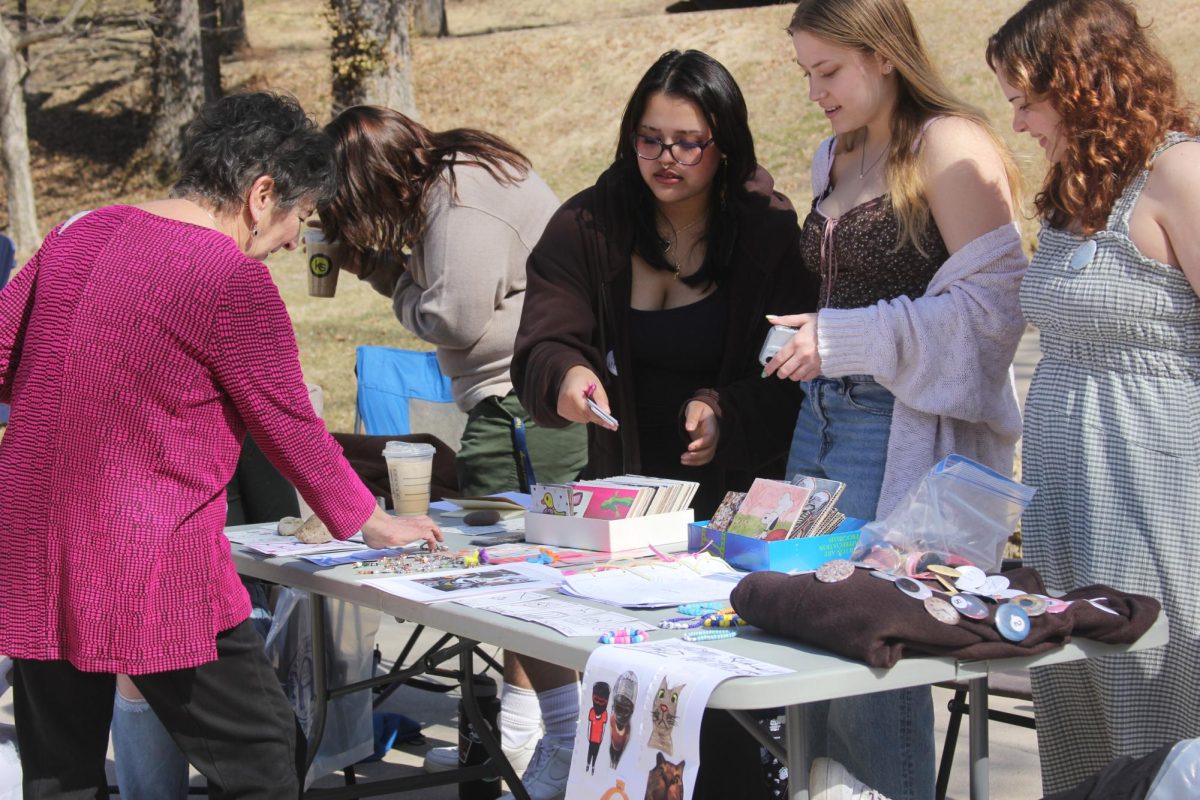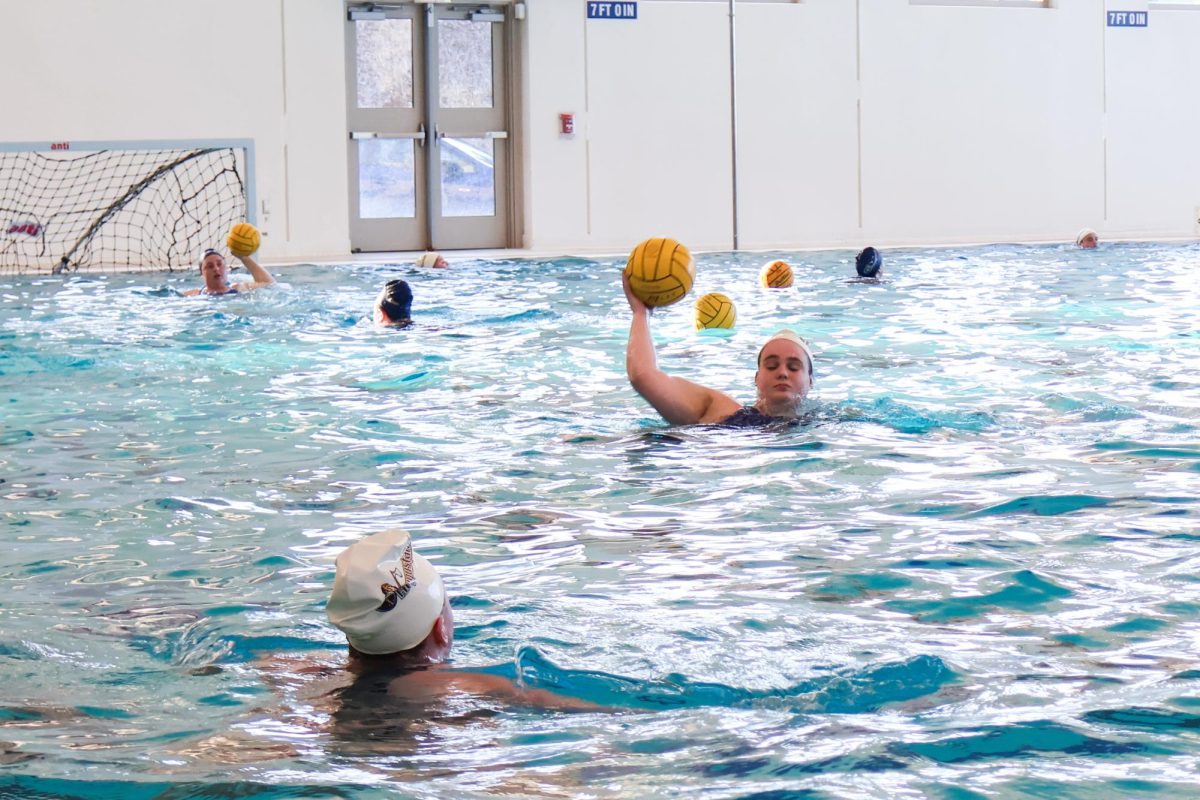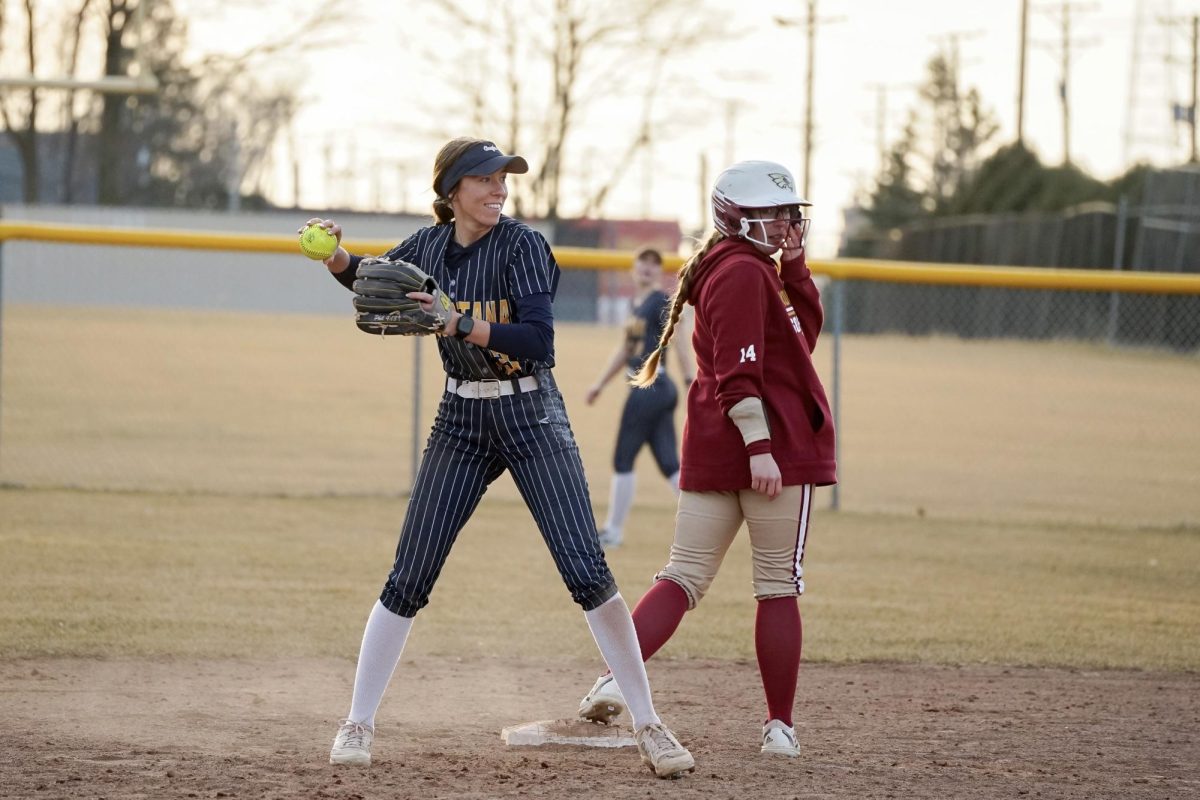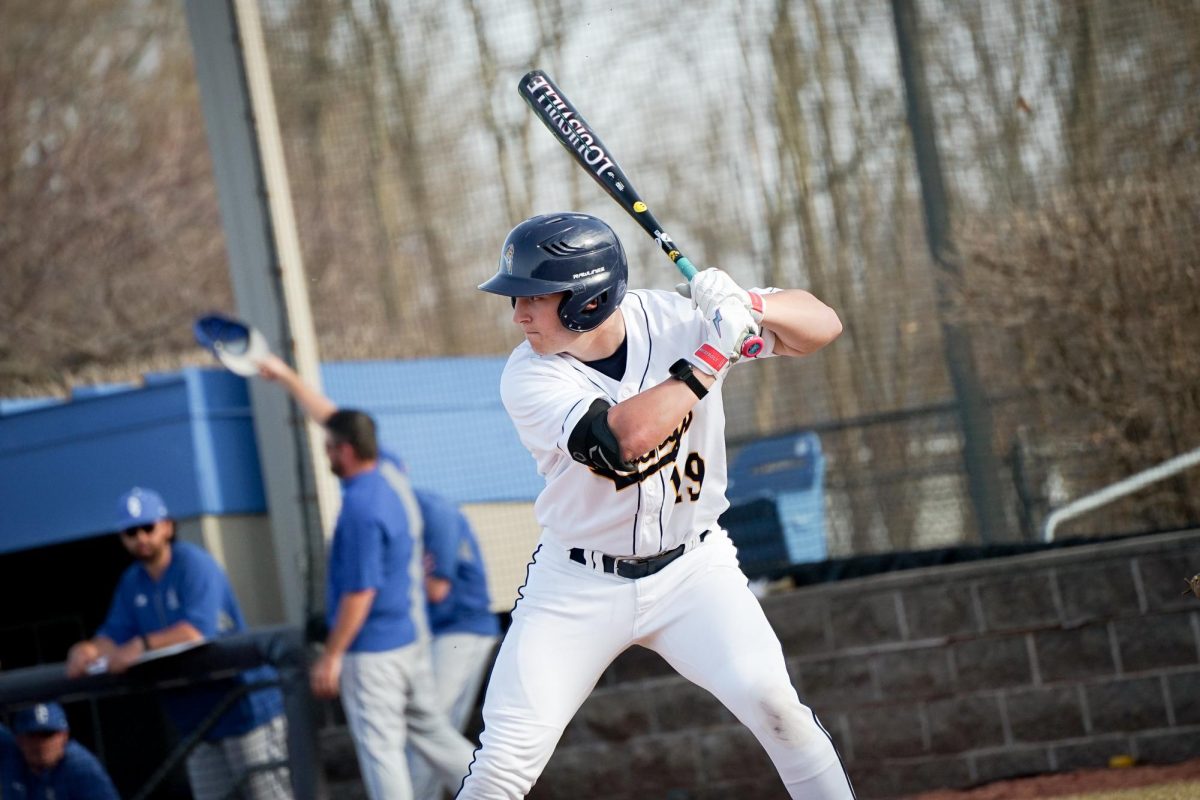Tea talks on Native American history
November 26, 2021
For the last 12 years, Augustana has had a lecture series called Tea Talks. The Tea Talk lectures have covered a wide variety of topics. The most recent talk on Nov. 17 titled “No Man’s Land,” given by Dr. Jane Simonsen, was about mixed-race Native American women and the land claims of the mixed-race Native Americans.
Dr. Simonsen started her lecture off by telling a few stories about mixed-race Native American women. The first one was about how a white man fell in love with a mixed-race woman who owned land. The story was based on a real-life couple named Henry, a white man, and Elizabeth, a mixed-race woman. Henry and Elizabeth more than likely married for love, but at the time some men married mixed-race women for their land.
The talk then moved on to discuss the mixed-race Native American women and their claims to the land. Because so many mixed-race Native Americans had claims in the court systems for their land, that meant that the white men who were wanting to buy land could not.
The white settlers then decided to come up with the idea of blood quantum to make it very hard for those of mixed-race heritage to come forward with land claims. According to ONEIDA, an organization created by the General Tribal Council (GTC) to distribute the Oneida Nation’s funds, Blood Quantum is “a genetic cut-off point for Indian people [that] is viewed by many as an instrument of assimilation and extermination.”
Blood quantum was used to deny many Native American people of their land, tribal, and reservation rights. The hope was to take the land from Native Americans and force them to leave and live separately from white men.
There was also no real way to test someone’s blood quantum. Most of the time if a mixed-race person did not act as stereotypical Native American, they were assumed to be lying about their heritage. They were denied the land rights that they were owed.
In today’s world, the Bureau of Indian Affairs uses a document called the Certificate of Degree of Indian Blood to determine if a person is Native American enough to qualify for specific benefits.
One of the things we should take away from this is that Native Americans, either full-blooded or mixed-race, have been used and abused for centuries. Even today, Native Americans are still being mistreated. Some of the bigger problems they suffer from today are impoverishment, unemployment, less education opportunities, issues with voting rights and violence against Native American women and children.
There is nothing we can do to change the past, but we can change how we move forward. One of the things we can do is to listen to Native Americans. We need to listen to what they need and what they want. We need to respect their history and their culture. To do this you should read books about Native Americans by Native Americans. You can go to your local library and see what kind of books they have. You can also go online and find documentaries to watch and other resources.
As Native American heritage month comes to an end, that does not mean that we should stop learning about Native American history and culture. If you want to learn more about Native American history and culture you can check out and contact the Native American Coalition of the Quad Cities.
